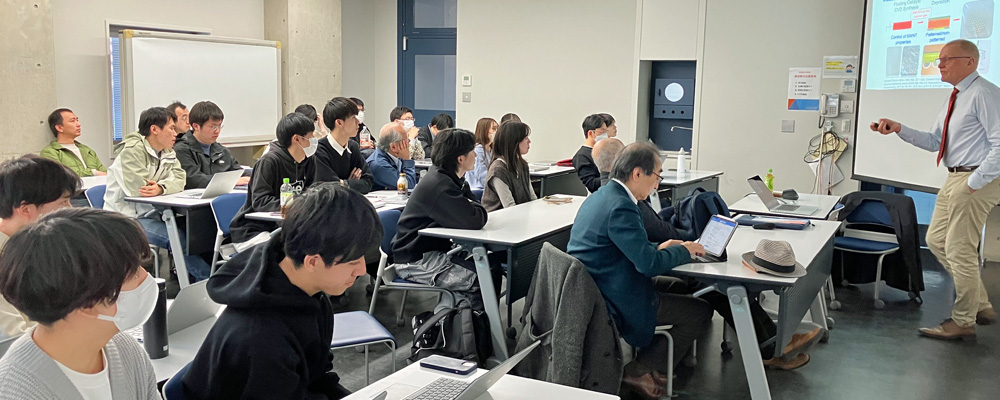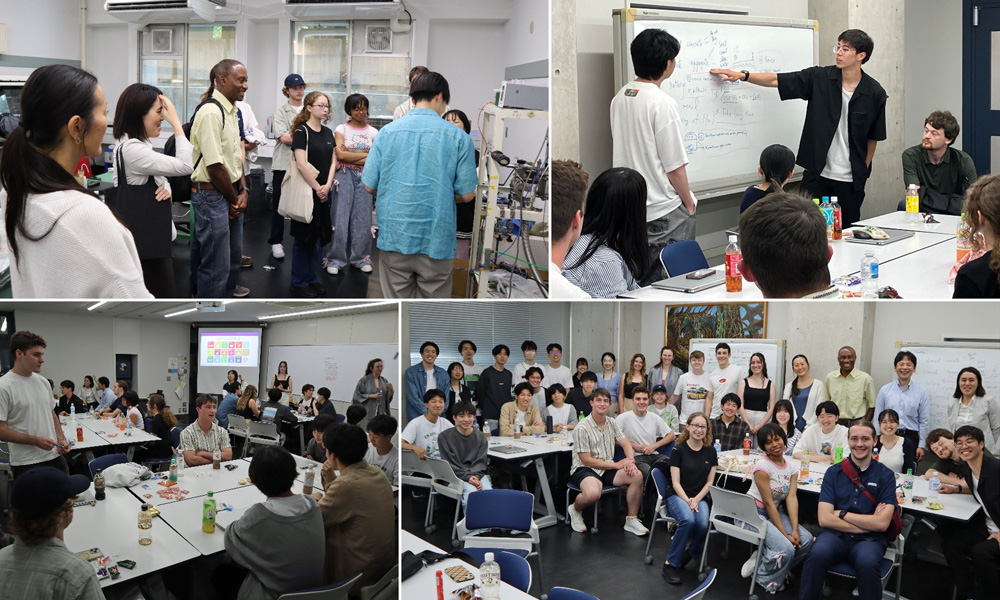Professor, Department of Applied Physics, Aalto University School of Science, Finland
We present recent results on the effect of elemental sulfur during CNT synthesis from methane with ferrocene as the catalyst precursor and nitrogen-hydrogen mixture as the carrier gas [2]. Increasing the sulfur concentration while keeping the ferrocene as well as methane concentration conctant results in a linear yield increase and a transition from single-walled CNTs to DWCNTs without significantly affecting size distribution of catalyst particles. Highest DWCNTs proportion is 87% which was confirmed with high-resolution transmission electron. Electron diffraction (ED) patterns reveal a random (n,m) as well as chiral angle distribution of CNT, indicating minimal sulfur impact on the nanotube atomic structure [3].
We discuss the conducting transparent films with the sheet resistance down to 35 ohms/sqat 90 % transmittance made by DWNTs. When depositing DWNTs into the patterned structures, we can reduce the sheet resistance down to 5 ohms/sq at 90 % transmittance [4].
[1] P. Liu et al. Advanced ElectronicMaterials 9, 2300196 (2023).
[2] Q. Zhang et al. Advanced Functional Materials 32, 2103397 (2022).
[3] Z. Xu et al. Carbon, submitted (2024).
[4] Z. Xu et al. Nanotoday, accepted (2025).



















 aalto.fi
aalto.fi